
Photo Credit: Moisés Mañas
LASER Talks Valencia: <QUANTUM PANORAMA>: Art, Sciencie & Technology in a superposition state
Organized by: Salomé Cuesta (UPV), Guillermo Muñoz Matutano (UV), María José Martinez de Pisón (UPV) & Moisés Mañas (UPV)
EVENT INFO
When: Friday 22th September, 6pm CET, Find your timezone here
Where: Las Naves. Centro de innovación social y urbana.
C/ de Joan Verdeguer, 16, 46024 València, Spain
Language: Spanish / Talk Modality: Face-to-Face (Not streaming)
EVENT DESCRIPTION:
Abstract
[English]
The development of quantum mechanics during the first half of the 20th century consolidates a series of technologies of high social and geopolitical value, such as military and civil nuclear energy, the huge semiconductor industry or the discovery of the laser. Along with this first revolution, quantum mechanics challenged many of the conceptual imaginaries that until then had been taken for granted, by studying the new characteristics of matter from its simple constituents: atoms, photons, electrons, ... John Bell's famous article published in 1964 meant a new scientific breakthrough, which gave rise to new types of experiments and technologies that made use of these quantum concepts applied to individual physical systems. This is what came to be called the second quantum revolution, or quantum technologies 2.0. In this new LASER-Valencia activity, in collaboration with the VOLUMENs festival, we will address the characteristics of this new scientific-technological revolution through a meeting between scientific and artistic disciplines. We will review the basic vocabulary, the fundamental effects, as well as some of the social, political and critical implications arising from the implementation of this new phase "Quantum 2.0" in the scientific, technological, cultural and social context of our time.
[Castellano]
El desarrollo de la mecánica cuántica como teoría física consolidó durante la primera mitad del siglo XX una serie de tecnologías de alto valor social y geopolítico, como fueron la energía nuclear militar y civil, la enorme industria semiconductora o el propio descubrimiento del láser. Junto a esta primera revolución, la mecánica cuántica desafió muchos de los imaginarios conceptuales que hasta entonces se daban por supuestos, al estudiar las nuevas características de la materia desde sus constituyentes simples: átomos, fotones, electrones, ... El famoso articulo de John Bell publicado en 1964 significó una nueva ruptura científica, que dio lugar a nuevas tipologías de experimentos y tecnologías que hacían uso de estos conceptos cuánticos aplicados a sistemas físicos individuales. Es lo que pasó a llamarse la segunda revolución cuántica, o tecnologías cuánticas 2.0. En esta nueva actividad LASER-Valencia, en colaboración con el festival VOLUMENS, abordaremos las características de esta nueva revolución científico-tecnológica por medio de una reunión entre disciplinas científicas y artísticas. Repasaremos el vocabulario básico, los efectos fundamentales, como algunas de las implicaciones sociales, políticas y críticas que se derivan de la implantación de esta nueva fase “Quantum 2.0” en los tejidos científicos, tecnológicos, culturales y sociales de nuestra actualidad.
TALK
Moderated by : Guillermo Muñoz Matutano (Universitat de València)
- Miguel Angel García March. 'Theory of atomic condensates' Instituto Universitario de Matemática Pura y Aplicada. Universitat Politècnica de Valencia.
- Anabel Ovide González. 'Algorithms for quantum computing'. Parallel Arquitecture Group. Universitat Politècnica de Valencia.
- Alejandro Gaita Ariño. 'Quantum computing and molecular magnetism'. Instituto de Ciencia Molecular. Universitat de València.
- Lauren Moffatt. 'Immersive environments and experimental narrative practices'. https://deptique.net/
LIVE PERFORMANCE
Performance VR + Sound improvisation "Of Hybrids and Strings" by Lauren Moffatt (VR-Visuals) + Ruben García (Live Sound improvisation)

Photo Credit: Laure Moffatt
SPEAKER BIOS
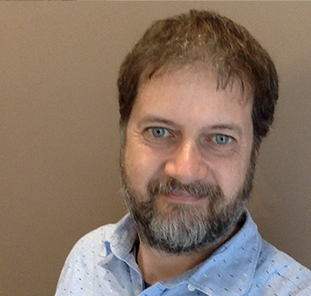 Miguel Angel García March.
Miguel Angel García March.
Theory of atomic condensates. University Institute of Pure and Applied Mathematics. Polytechnic University of Valencia.
Miguel Angel García March is a scientist working on the theoretical foundations of several quantum technologies, such as quantum simulators, quantum thermometry, quantum computation, ... , based on ultracold atoms and other physical systems. He is currently working at the Polytechnic University of Valencia. Previously he has been a scientist at ICFO - Institut de Ciències Fotòniques, Universitat de Barcelona, University College Cork (Ireland) and Colorado School of Mines (USA).
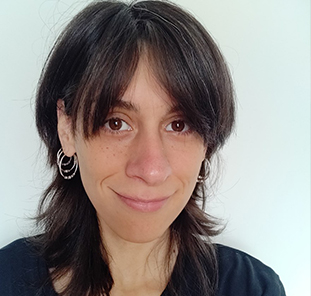 Anabel Ovide González.
Anabel Ovide González.
Algorithms for quantum computing. Parallel Architecture Group. Polytechnic University of Valencia.
Graduated from Universidad Politécnica de Madrid, with a master degree in Computer Science and specialization in quantum computing at the University of Tartu (Estonia). During her master's degree Anabel worked one summer at the University of Ulm (Germany) as a research assistant on NV-centers. She is currently doing her first year of her PhD in the group led by Carmen G. Almudéver at the Universitat Politécnica de Valencia, with a research on the compilation process of quantum Internet end-nodes, and their optimization and execution on different physical supports such as ion traps and NV-Centers.
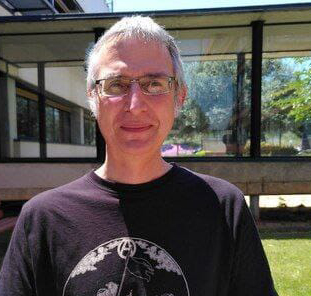 Alejandro Gaita Ariño.
Alejandro Gaita Ariño.
Quantum computing and molecular magnetism. Institute of Molecular Science. University of Valencia.
Alejandro Gaita Ariño holds a PhD in Chemistry from the University of Valencia, and has been working for 20 years in the field of magnetic molecules. After short postdoctoral stays in Toulouse and Basel, he spent 3 years in Vancouver, where he began to see magnetic molecules as qubits. He is currently a researcher in the CIDEGENT program at GVA and explores molecular nanomagnets as probabilistic bits.
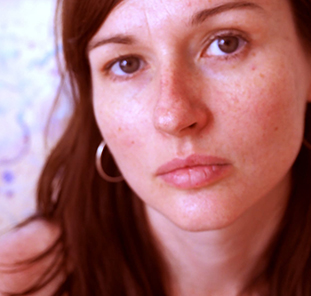 Lauren Moffatt.
Lauren Moffatt.
Immersive environments and experimental narrative practices. https://deptique.net/
Lauren Moffatt is an Australian artist working with immersive technologies. Her works, often presented in multiple formats, explore the paradoxical subjectivity of connected bodies and the friction at the boundaries between virtual, physical and mental worlds. Lauren completed her studies at the College of Fine Arts (AU), Université Paris VIII (FR), and Le Fresnoy Studio National des Arts Contemporains (FR). Lauren lives and works in Valencia. Lauren's works have most recently been screened and exhibited at Haus der Kulturen der Welt (DE) Haus am Lützowplatz (DE), Sónar (ES), NRW Forum (DE), MU Eindhoven (NL) La Gaïté Lyrique (FR), Hartware MedienkunstVerein (DE), Palais de Tokyo (FR), Villa Medici (IT), UNSW Galleries (AU), Daegu Art Museum (KOR), Museum Dr. Guislain (BE), SAVVVY Contemporary (DE), FACT Liverpool (UK), The Sundance Film Festival (USA), The Sundance Film Festival (USA) and at the ZKM (DE). Guislain (BE), SAVVY Contemporary (DE), FACT Liverpool (UK) The Sundance Film Festival (USA) and at the ZKM (DE).
Rubén García Villaplana
Biologist, audio artist and independent curator.
He has performed concerts, workshops and installations both in Spain and other countries. In the scientific field he has worked in the field of community ecology and bioacoustics, especially in ultrasonic communication of bats. He has published several works in different formats in Europe, USA, South America and Australia.
RECOMMENDED READINGS
- "Physics World", "Quantum Technologies". (2021/12)
- Libby Heaney. "Quantum Computing and Complexity in Art" Leonardo (2019) 52 (3): 230–235.
- Morozov , Evgeny "La lección chilena para luchar contra las multinacionales y alcanzar la soberanía tecnológica" El Salto, (09/11/23)
ORGANIZED BY
Vice-chancellor of Art, Science, Technology and Society (Universitat Politècnica de València), Unitat de Cultura Científica i d'Innovació (Universitat de València), Master of Visuals Arts and Multimedia (Universitat Politècnica de València), Piratas de la Ciencia.
SUPPORTER BY
VOLUMENS, Art, science, technology and music & Las NAVES, Center for social and urban innovation- Ajuntament de Valencia (Spain), FECYT. Fundación Española para la Ciencia y la Tecnología.


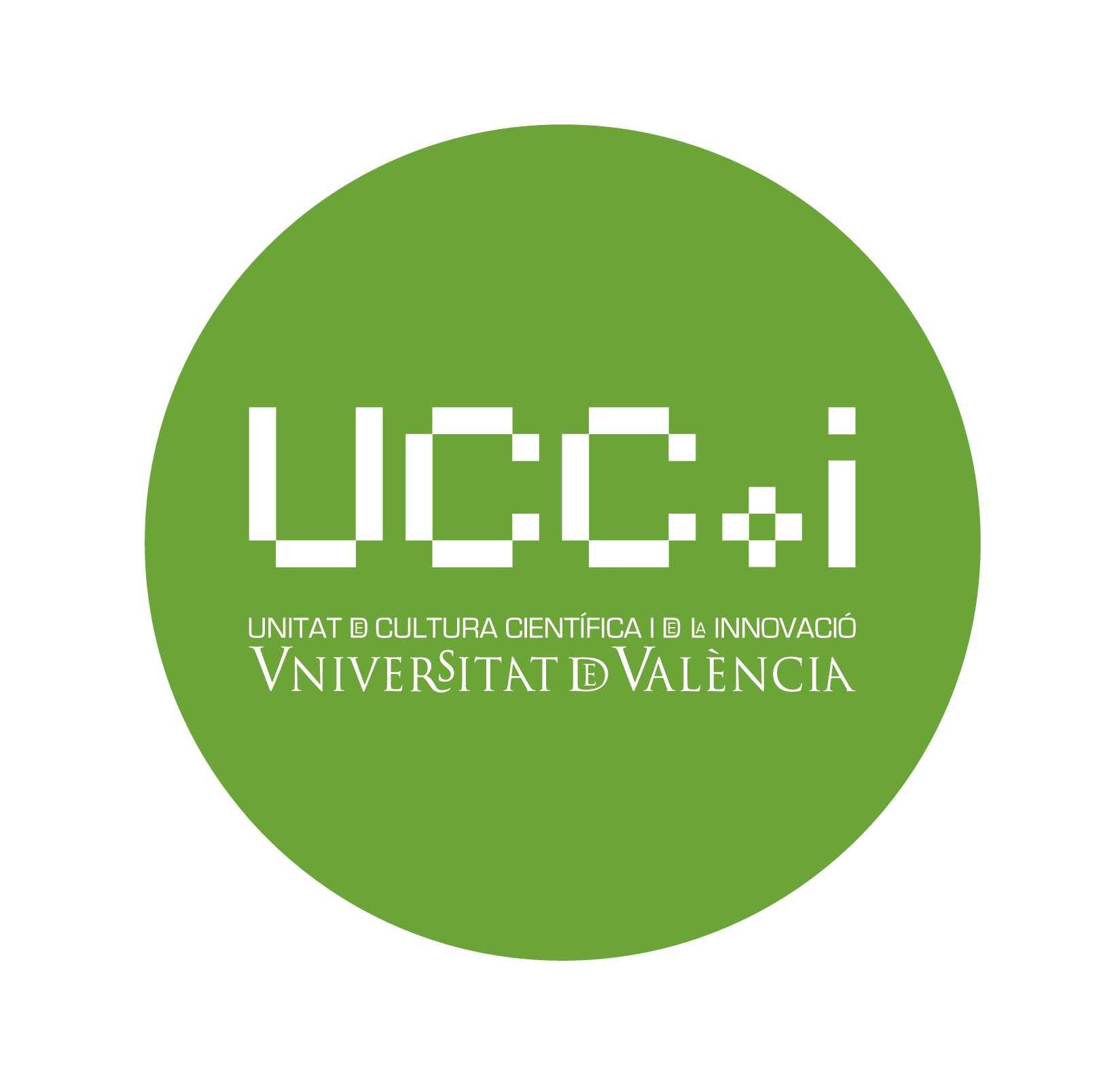
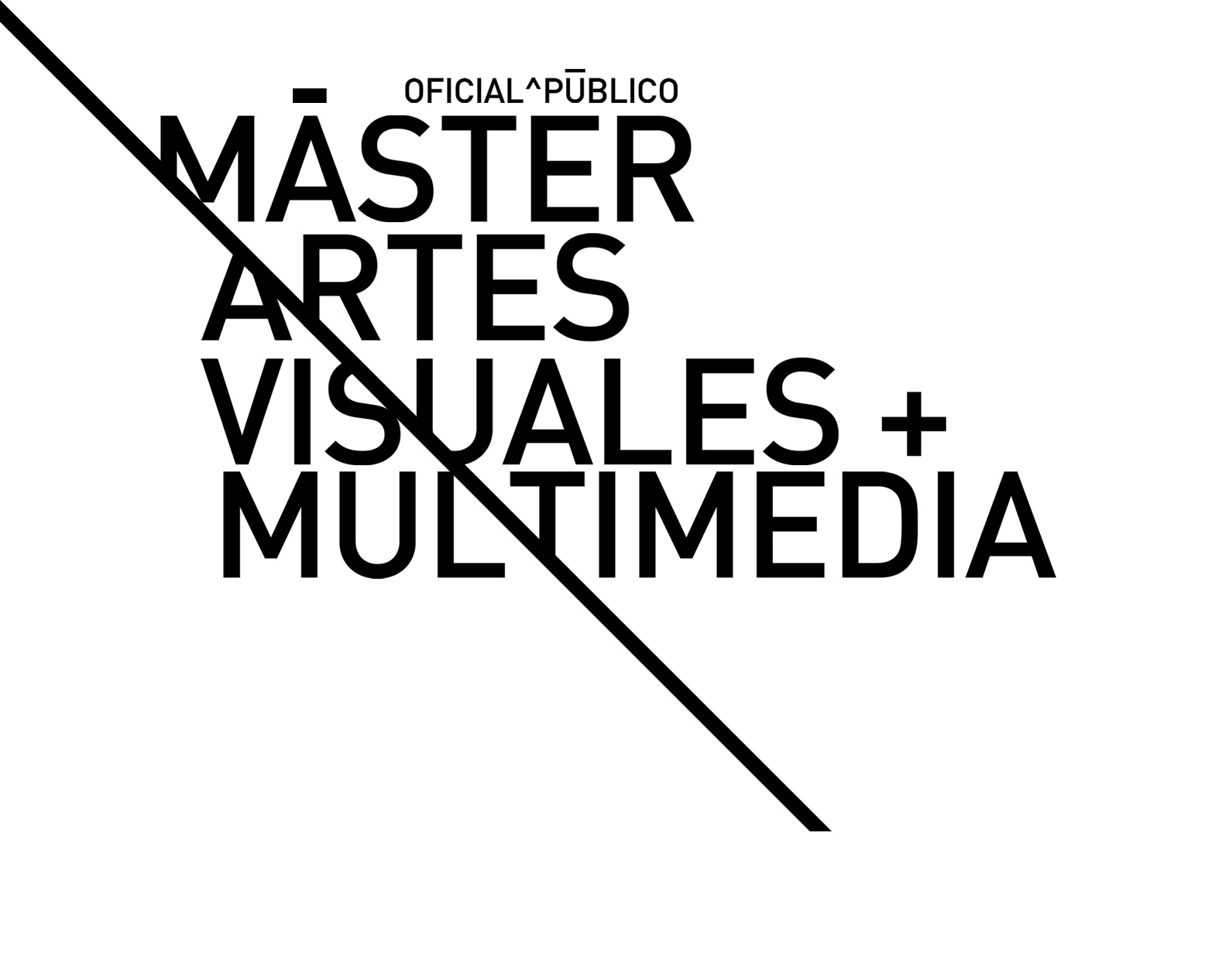
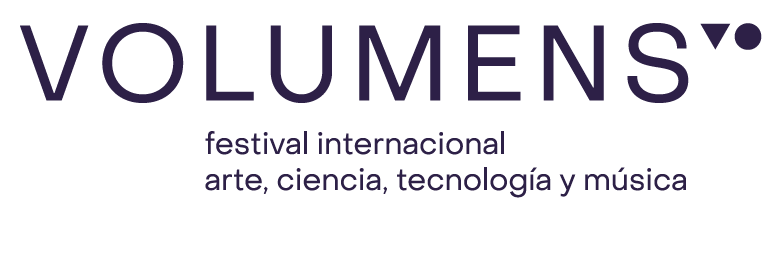

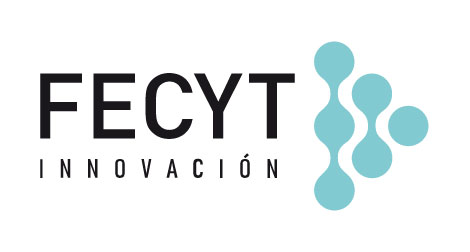

The Leonardo/ISAST LASERs are a program of international gatherings that bring artists, scientists, humanists and technologists together for informal presentations, performances and conversations with the wider public. The mission of the LASERs is to encourage contribution to the cultural environment of a region by fostering interdisciplinary dialogue and opportunities for community building to over 50 cities around the world. To learn more about how our LASER Hosts and to visit a LASER near you please visit our website. @lasertalks
Valencia, V 46024
Spain
